Framingham, MA, 1941, by Walter Gropius and Marcel Breuer
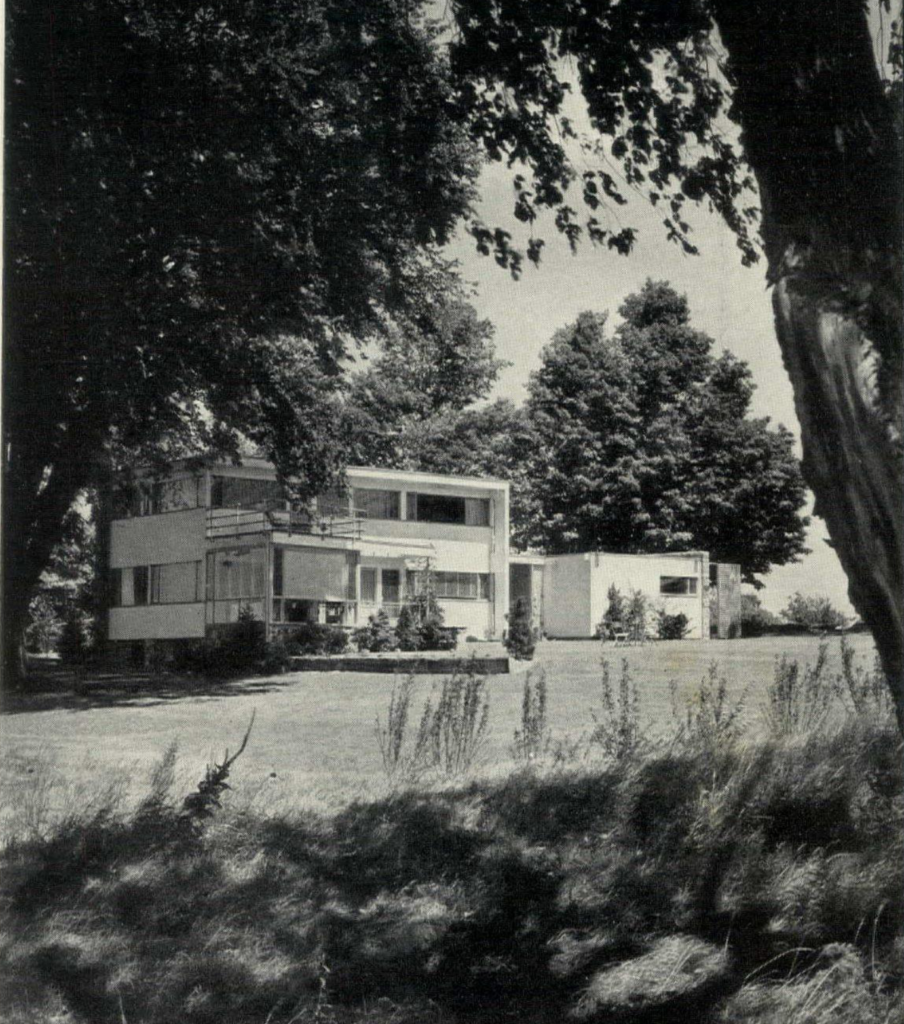
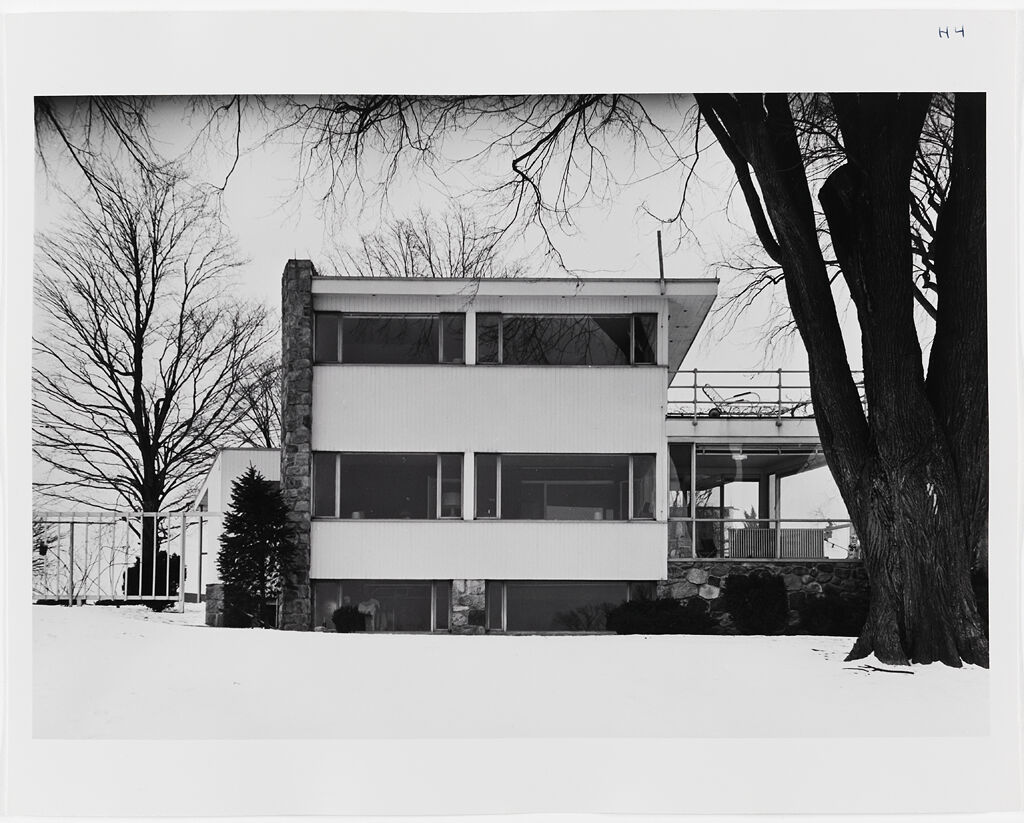
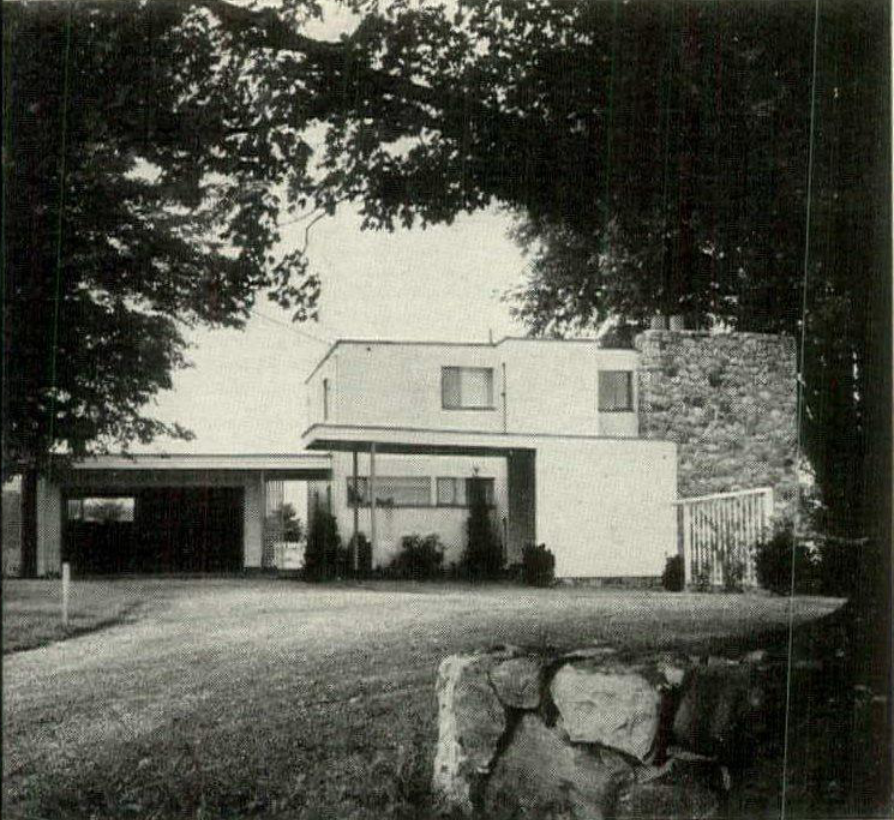
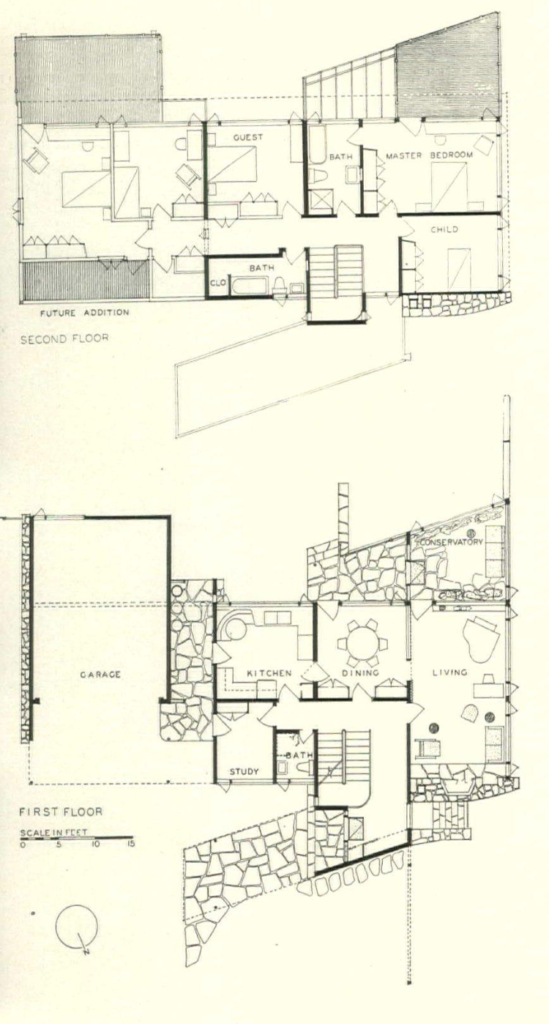
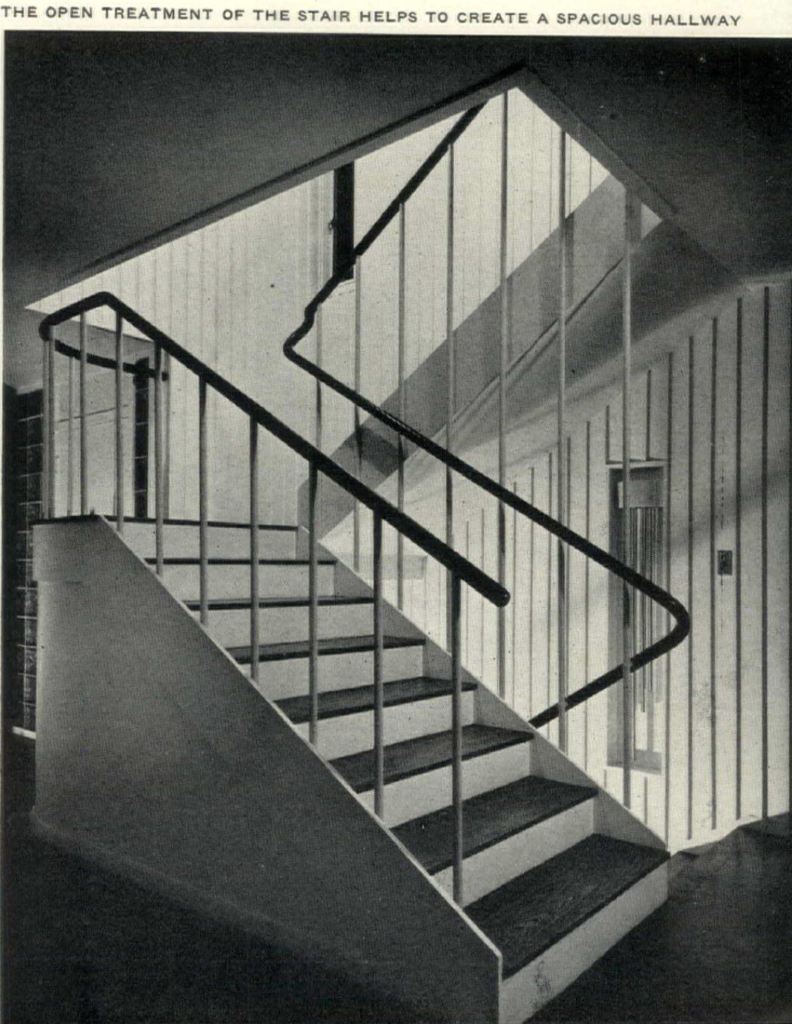
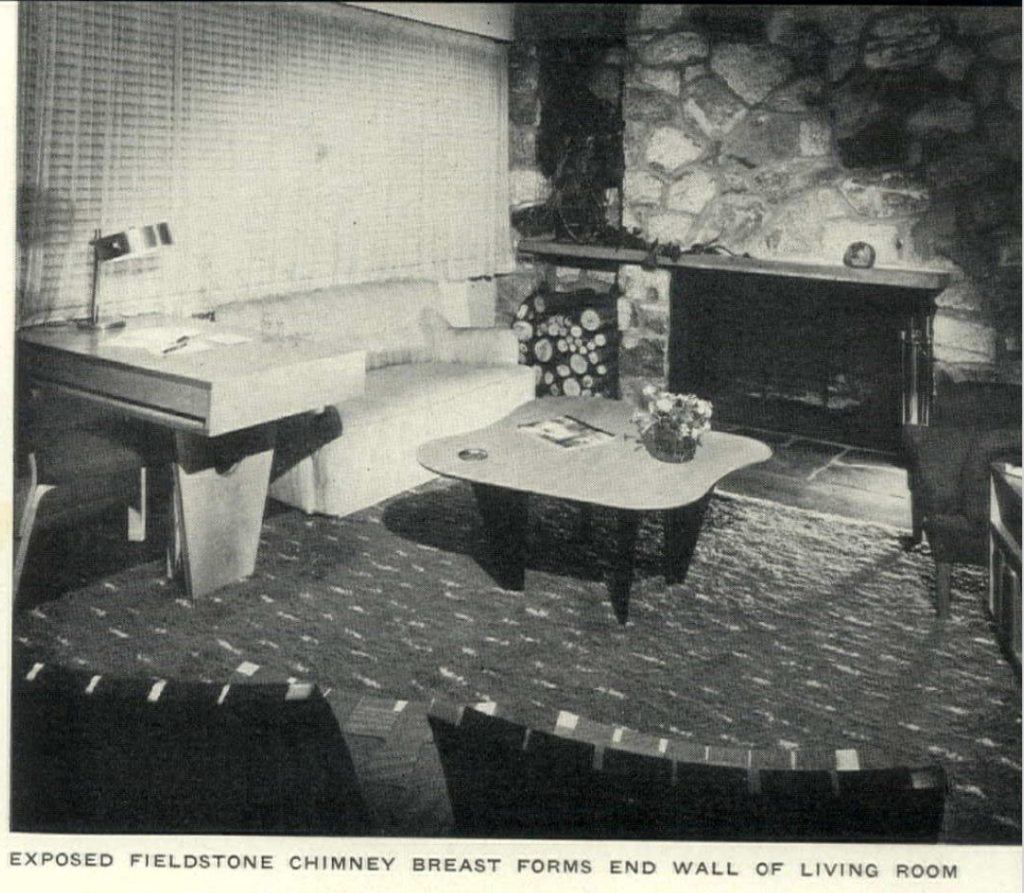

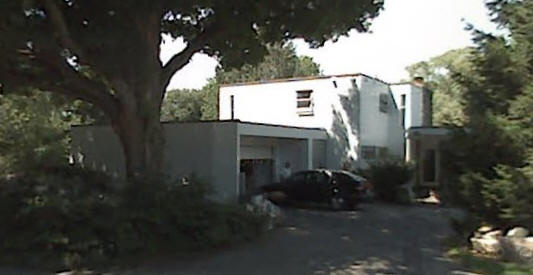
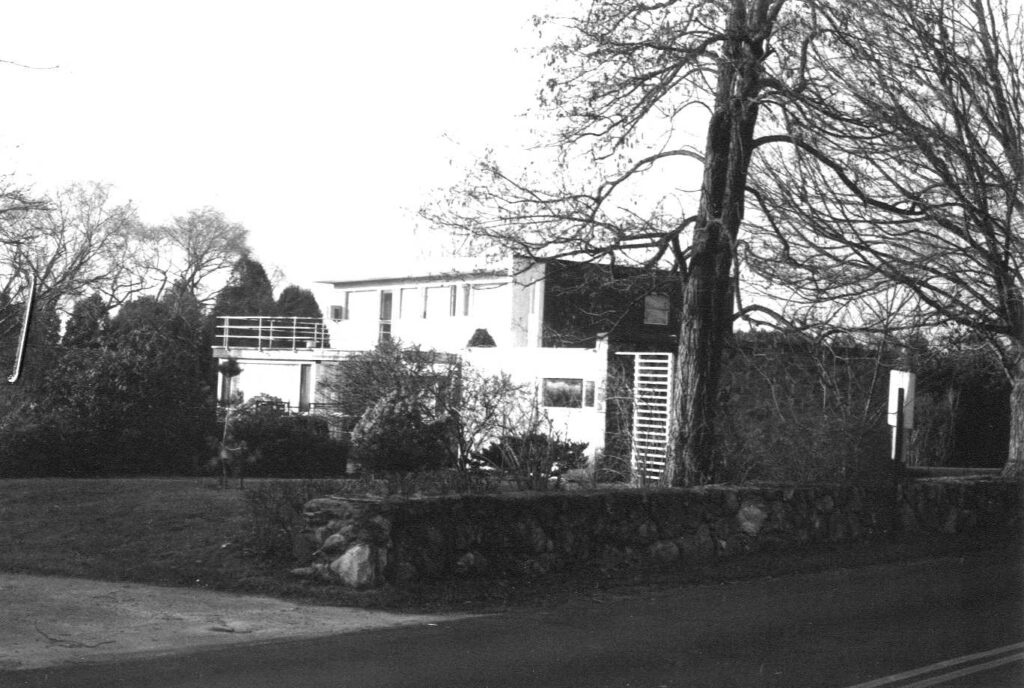

Located on the shores of Framingham Reservoir 1, the Abele House sits as a rich representation of early 20th century modern home design. The building is sited to maximize views of the water with expansive windows facing south and west.
Keen eyed viewers may recognize elements from Walter Gropius and Marcel Breuer’s own homes in nearby Lincoln through its dramatic entrance canopy, vertical clapboard siding and extensive use of fieldstone. These elements are no coincidence, as Dr. Virgil Abele visited the architects’ homes multiple times and specifically requested these elements be included to project a sense of modernity. The resulting design has therefore often been derided or dismissed by critics as simply an uninspired commission undertaken at the height of Breuer and Gropius’s falling out that would eventually dissolve the firm near the end of the house’s construction.
These perceived flaws are also in many ways what makes the Abele House so interesting. It reflects how the public consumes modern architecture and in turn how modern architecture, despite its best efforts, still reflects the culture of early 20th century America. A Boston Globe article from the time focuses not on any design critique, but on praising how the home functions as a tool for the modern housewife. It contrasts the clean white walls and furnishings designed to hide dust with the more utilitarian historic apartment the couple had been living in downtown. Through a contemporary lens, the article sounds more like a social prison than an oasis.
Even the mishmash of parts demonstrates a growing consumer culture. As historian Amy Finstein argues in her paper on the house, Virgil treated the construction process like catalog shopping-asking for bits and pieces of Gropius’s and Breuer’s other projects as opposed to reacting to the confines of the site. But even that critique fails to account for the shoulders of giants these architects built upon. Architecture never springs forth fully formed from the drafter’s mind. It is the push and pull of wants and needs, of past and future which creates truly great buildings.
Sources:
Nelson, Trudy “Framingham Woman Tells Why She Enjoys Living in Her Modern House”, the Boston Globe, 1946.
Amy Finstein, “A Gropius-Breuer House Like Notable Others: Consumerism, Copying, and Connoisseurship in an Unsung Commission”, WInterthur Portfolio: A Journal of American Material Culture, University of Chicago Press (Chicago, 2022)
Leave a Reply